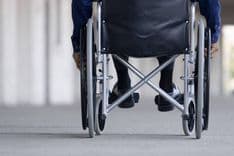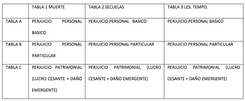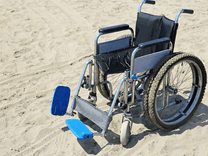Whiplash is one of the most common injuries suffered by traffic accident victims.
On 1 January 2016, Law 35/2015, of 22nd September, on the reform of the system for the assessment of damages caused to people in traffic accidents, came into force.
This legislation marked a turning point in claims for compensation for traffic accidents, favouring the successful outcome of accidents with major injuries and deaths, to the detriment of those injured who suffer the famous whiplash, so common in medium to minor traffic accidents, making it difficult from that moment on to close compensation claims for this injury.
To a large extent, Article 135.2 of Law 35/2015 is responsible for this situation:
"2. The sequel deriving from a minor cervical traumatism is compensated only if a conclusive medical report accredits its existence after the period of temporary injury."
This means that, when applying for sequelae (not days of temporary incapacity) for a minor cervical injury, we find ourselves with a barrier, which did not exist before the reform. That is, the conclusive medical report.
It so happens that the definition of what is considered to be a conclusive medical report is a controversial issue to this day, on which our Courts have pronounced on different lines, without there being a unanimous Doctrine on the matter or a clear concept.
That is why, at Trafilex, aware of the complex situation in which the new law places us with regard to whiplash or neck pains, we meticulously prioritise medical attention, and with it the evolution and discharge reports issued by our rehabilitation clinics that treat our clients. Reports which, in the opinion of our technical team, are really the Concluding Medical Report mentioned in the law, and therefore the fundamental basis for claiming the existing sequelae at the time of stabilisation of the injury, so that the injured person receives the compensation for whiplash that really corresponds to him/her.













